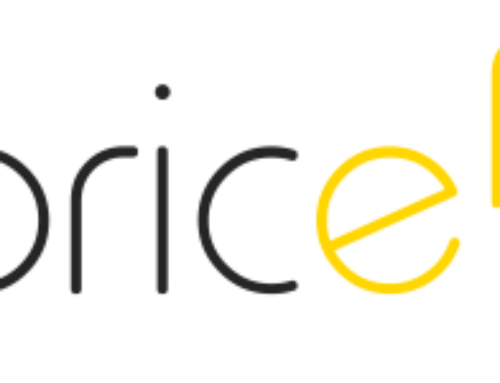Prices are usually fixed in the BtoB area of business. Of course, fixed pricing in the form of long-term contracts is appropriate if the main goal is to achieve price stability and thus business predictability. However, a fixed price is seldom the optimal price for the buyer or the seller, because e.g. production costs and other factors affecting the market may vary during the contract period. That said, the share of long-term contracts in today’s BtoB market is still high, and the benefits of dynamic pricing has not yet been realized.
For example, when demand decreases and the supplier has spare production capacity, the buyer should get the product at a lower price, benefitting not only the buyer but also the supplier in form of an increase in sales volumes. During peaks in demand, and especially as time-critical orders increase, prices should rise as buyers are willing to pay more. In such a situation, products are often sold too cheaply at long-term contract prices. That said, there is not always cause for celebration if the entire production is sold to contract customers and others quickly at fixed prices, since the seller would most likely have reached better profitability by implementing dynamic pricing.
Prejudice negative attitudes toward dynamic pricing are incorrectly justified by arguments such as the need for fixed annual contracts and customer-specific discounts, the fear of angry customers, the fear of poor reception by one’s own employees, the rigidness of one’s IT systems, etc. That said, it has already been proven that most of these “challenges” have been quite easy to overcome. In the BtoC market, dynamic pricing has already proven to be effective and it is only a matter of time before the BtoB market wakes up to the same reality. Pioneering companies have already understood this and set out to move towards dynamic pricing.




